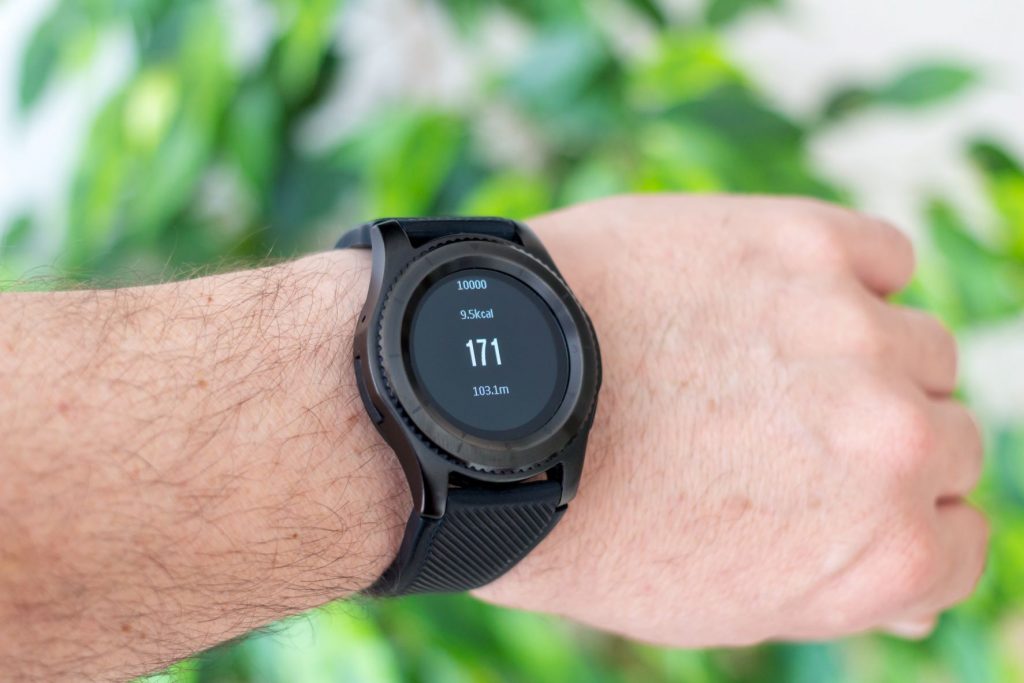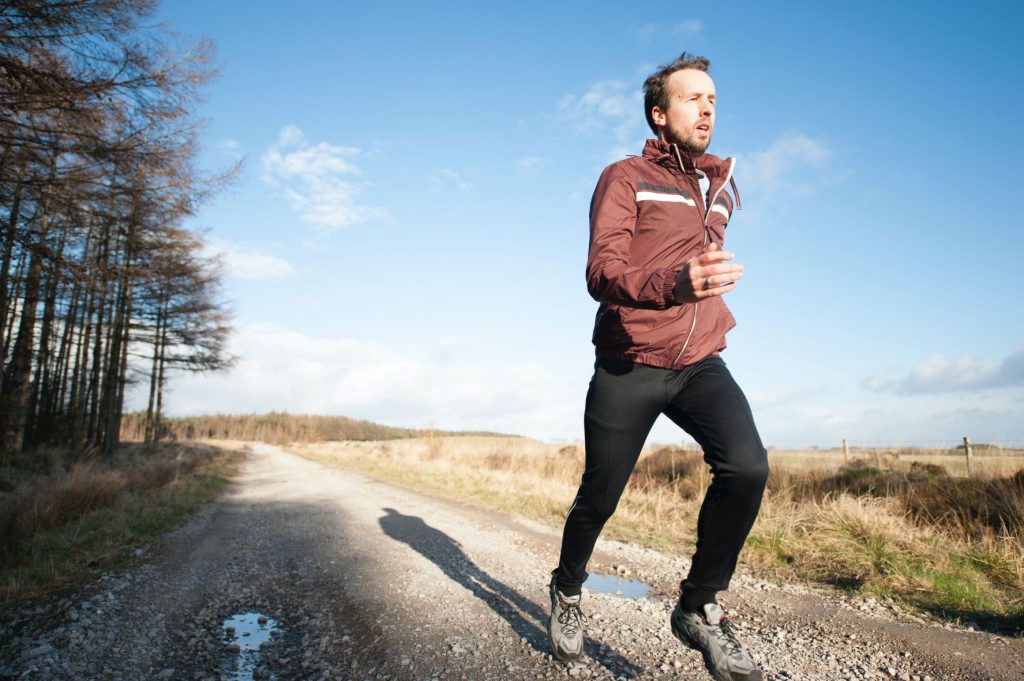What is VO2 max and how can I improve it?
Chances are if you’ve been training for any length of time you may have read about VO2 max or heard your training partners talk about it. But what exactly is VO2 max? How does it relate to our athletic performance? How can we improve it? In this blog we’ll give you the answers to all of these questions and help to unlock your peak performance.
What is VO2 max?
It’s the Volume of 02 (Oxygen) Maximum and it represents the maximum amount of oxygen your body is able to effectively consume.
As the intensity of exercise increases our muscles need more oxygen to be able to keep moving and producing power. Eventually this demand for oxygen outstrips the body’s ability to deliver it, at this point the body tips into anaerobic work, which can only be sustained for a very short time.
This makes VO2 max a crucial factor in performance when it comes to endurance sports, the greater your VO2 max the greater your body’s capacity to take in and utilise oxygen and therefore the higher this tipping point into anaerobic work.
There are two ways that VO2 max can be measured. The first is absolute VO2 max, this is the total amount of oxygen in litres you can process per minute. The other is relative VO2 max. This includes the athlete’s bodyweight in the calculation and is defined as millilitres of oxygen consumed per kilogram of bodyweight per minute. Either of these can be used but as body size directly impacts the amount of oxygen an athlete consumes, relative is the better option if you want to compare yourself to someone else.
If you want an accurate measure the best way is to undergo a laboratory test. This will involve doing an intense interval session while hooked up to a machine that measures the concentration of oxygen and carbon dioxide being inhaled and exhaled. The problem is that these tests are expensive and are probably not realistic for all but the most dedicated amateurs.
A more accessible option, if a little less accurate, is to use a sports watch from a brand like Garmin or Polar. These sometimes have protocols that can calculate your VO2 max by measuring your heart rate during a set fitness test.

Can I improve it?
A lot of the talk around VO2 max often centres around professional athletes. They obviously have impressive VO2 max stats and this is often down to a genetic advantage on their part. But don’t fear! While genetics can play an important role in your VO2 max there are other impacting factors involved that are highly trainable. It’s also important to note that a high VO2 max isn’t the only factor that will determine your cycling or running performance. Being able to sustain performance at a high percentage of your VO2 max is also crucial. This is why following a structured training program is so important.
It may seem counterintuitive but one of the most effective ways of increasing your VO2 max is to increase the amount of lower intensity work you’re undertaking. Low intensity efforts improve your body’s aerobic capacity without needing long periods of recovery. Most professional runners and cyclists will spend the majority of their time training at low intensities. This is one professional training technique that is easy to mimic, just take it easy and put the hours in!
A lot of athletes fall into the trap of thinking the only way to improve your VO2 max is to do lots of workouts that have you using your maximum aerobic capacity. VO2 max intervals definitely do have a place in your training plan. They can raise your aerobic ceiling and create room for your VO2 max to grow. However they should most certainly not be used in isolation! An over reliance on these types of interval sessions can leave you burnt out and other aspects of your cycling or running under developed.

It’s not just exercise…
Already doing plenty of low intensity work and have got your high intensity intervals nailed? That’s your heart, lungs and muscles sorted. There is still more you can do. An often overlooked way to increase your VO2 max (and your overall performance) is to improve the oxygen carrying capacity of your blood. If this sounds suspect it is because this is exactly what the infamous performance enhancing drug EPO does. Now, obviously we’re not going to advocate trying that. What you can do is use dietary changes to achieve a similar result.
Foods like red meat, kidneys and liver are extremely rich in iron. This will help to stimulate the production of the red blood cells that carry oxygen around the body. If you want to avoid meat then beans are especially rich in iron. Fruit and veg such as spinach, kale, prunes and raisins are also good options. Legumes such as lentils and kidney beans are also a great choice if you want to up your red blood cell count.
There are also a wide range of vitamins and minerals that while may not directly increase your red blood cell (RBC) count will help your RBC’s access the iron they need to replicate. These include Vitamin A, Copper and B-12. While taking supplements an option, the best way to get these into your body is through a balanced diet. Much like training there are very few shortcuts that result in the best performance!
Unlock your performance
If you want help unlocking your peak performance then contact us today to find out how a bespoke training program could help you.